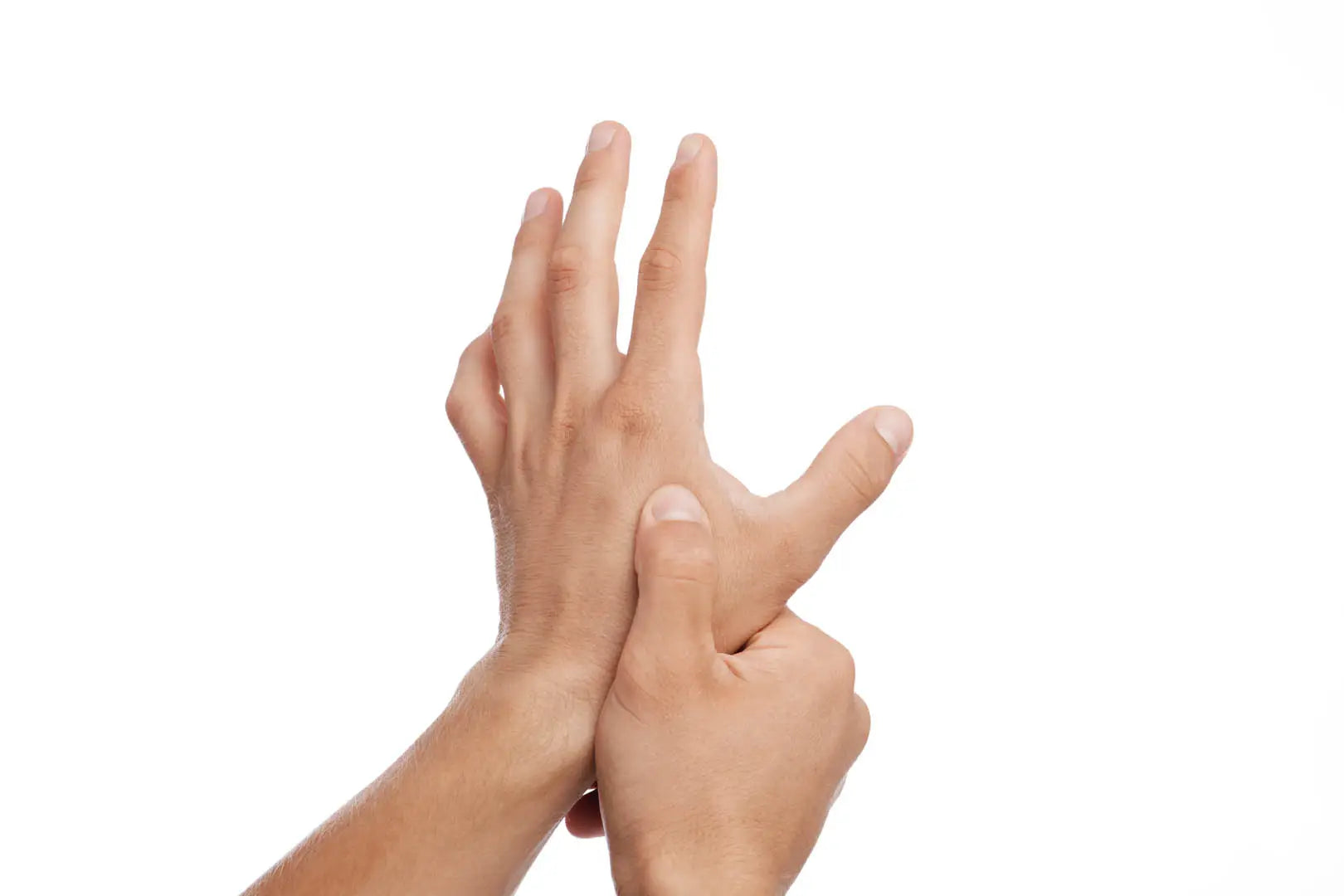How can the carpal tunnel syndrome splint help?
Carpal tunnel syndrome (CTS) is a common condition that causes pain, numbness and tingling in the hand and fingers. While various treatment approaches are available, splints are a simple but effective solution to relieve discomfort and aid healing.
Carpal tunnel syndrome in a nutshell
CTS is caused by compression of the median nerve that runs through the carpal tunnel in the hand. This compression can occur due to swelling and inflammation, often caused by repetitive movements or arthritis.
How a carpal tunnel syndrome splintcan helpwith KTS
A carpal tunnel syndrome splint, also known as a wrist brace, can help to keep the wrist in a neutral position. This reduces the pressure on the median nerve and can help to alleviate the symptoms of CTS.
How splints work: Splints can be especially helpful during the night, as they prevent you from bending your wrist in a position that could further compress the nerve.
When is it useful to use a splint?
Not every case of CTS requires the use of a carpal tunnel syndrome splint. However, mild to moderate symptoms that are new can often respond well to this treatment method.
Symptoms and severity: If you notice pain, numbness or weakness in your hand or fingers, especially at night, a splint can help to alleviate these symptoms.
Different types of splints
There are different splint options depending on the severity of your symptoms and your daily routine. Some are rigid and provide more support, while others are more flexible and allow for more movement.
Advantages and disadvantages of the different types of splints: Rigid splints may be better for nighttime use, while flexible splints may be better for daytime use, especially if you need to continue working or performing tasks.
Correct use of a splint for maximum effectiveness
For best results, your splint should keep your wrist in a straight line with your arm. It should be tight but comfortable without restricting circulation. It is important to wear the splint regularly, especially during times of severe symptoms or pain in the hand, but also to take it off and move the wrist regularly to avoid stiffness. The thumb index and middle fingers should be supported by the splint.
Further supportive measures
In addition to the splint, other strategies can also be helpful, such as ergonomics at the workplace, stretching exercises and, if necessary, anti-inflammatory medication. In more severe cases or if there is no improvement, further medical treatment may be necessary.

Finally, a splint can be an effective way of alleviating the symptoms of carpal tunnel syndrome. It is often a first step in treatment and can provide significant relief in many cases. However, it does not replace the need for medical assessment and treatment, especially if symptoms are persistent or severe. Click here to visit Curpal to learn more about effective solutions for KTS. Read our article on Focus.Online about the proven alternative to surgery.







Leave a comment
This site is protected by hCaptcha and the hCaptcha Privacy Policy and Terms of Service apply.